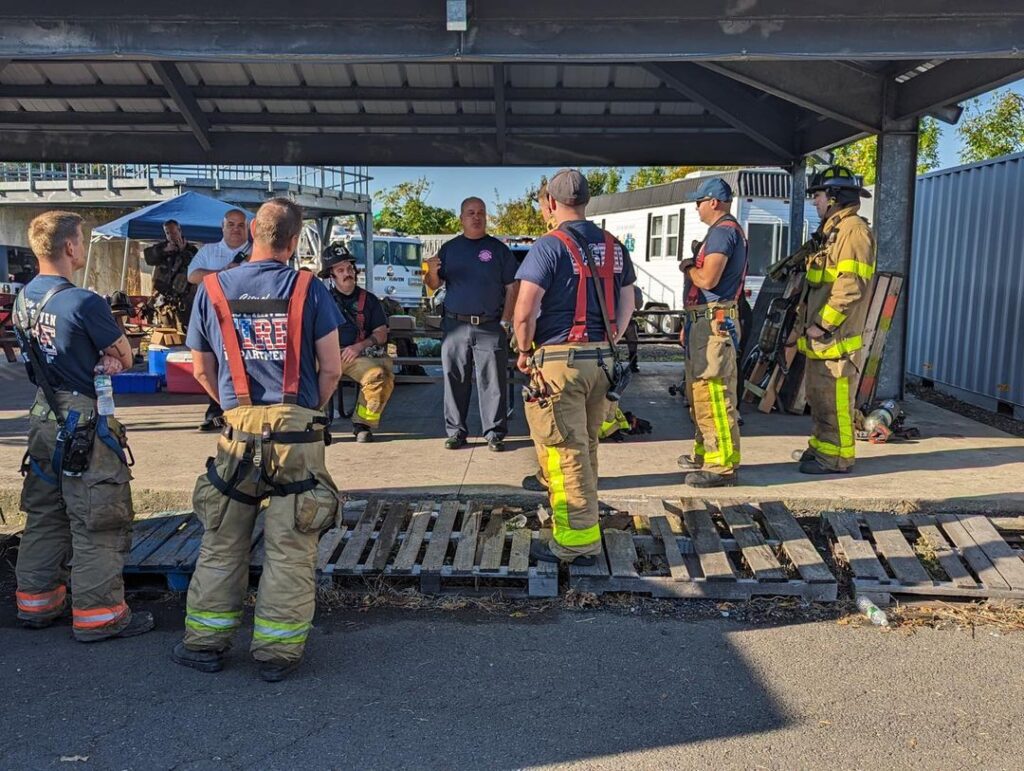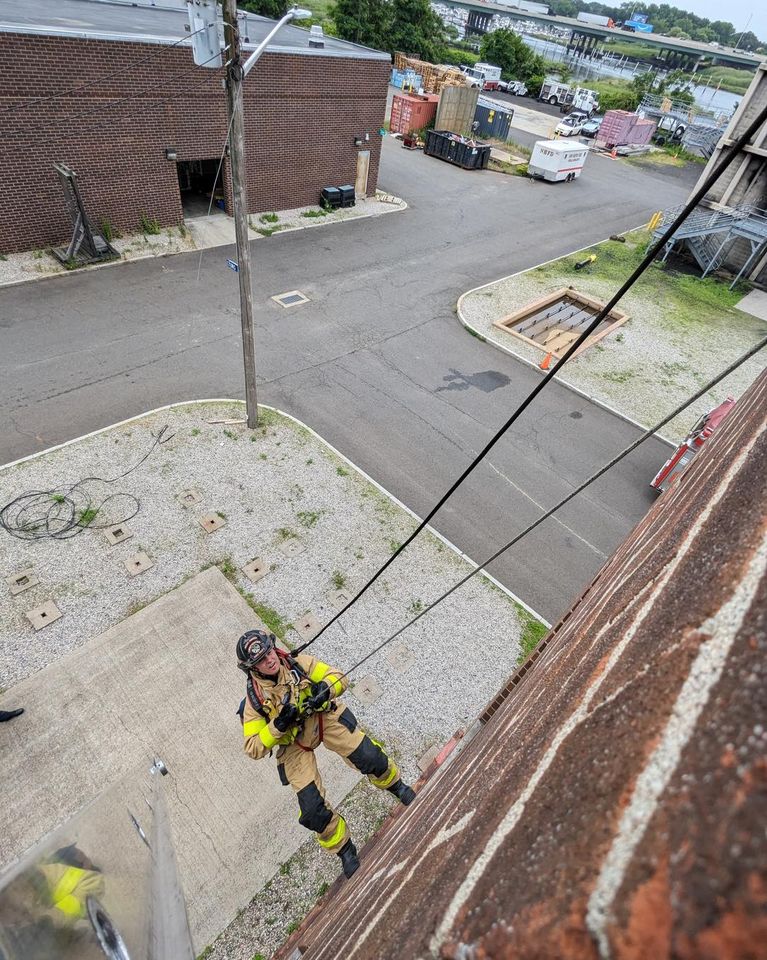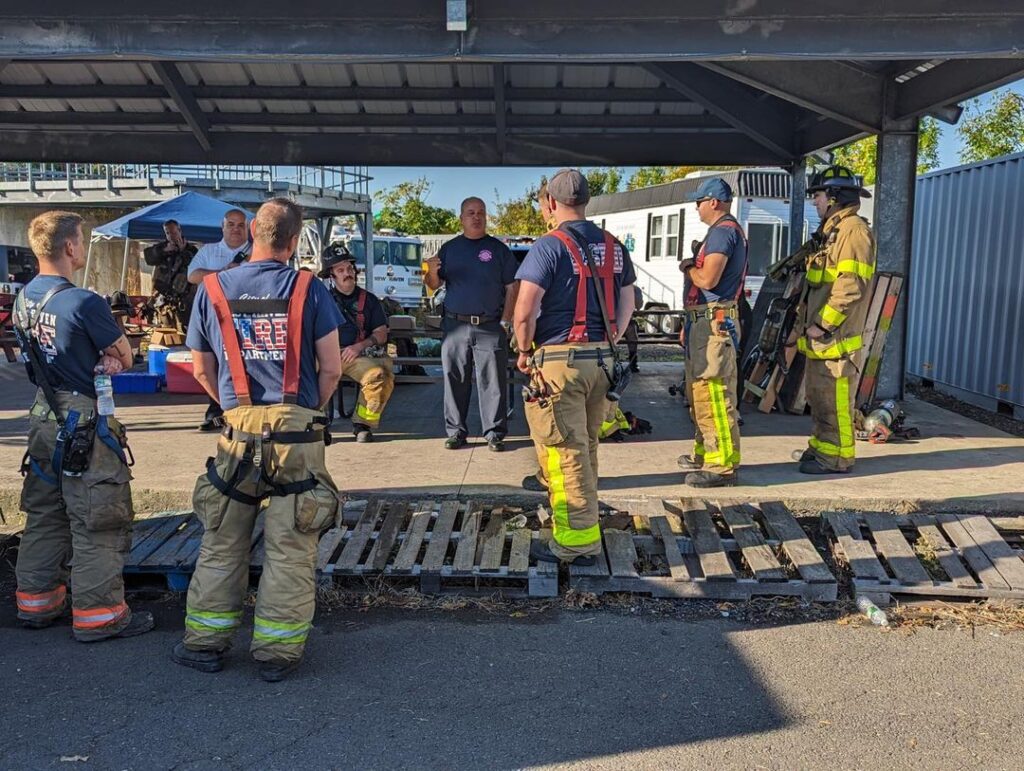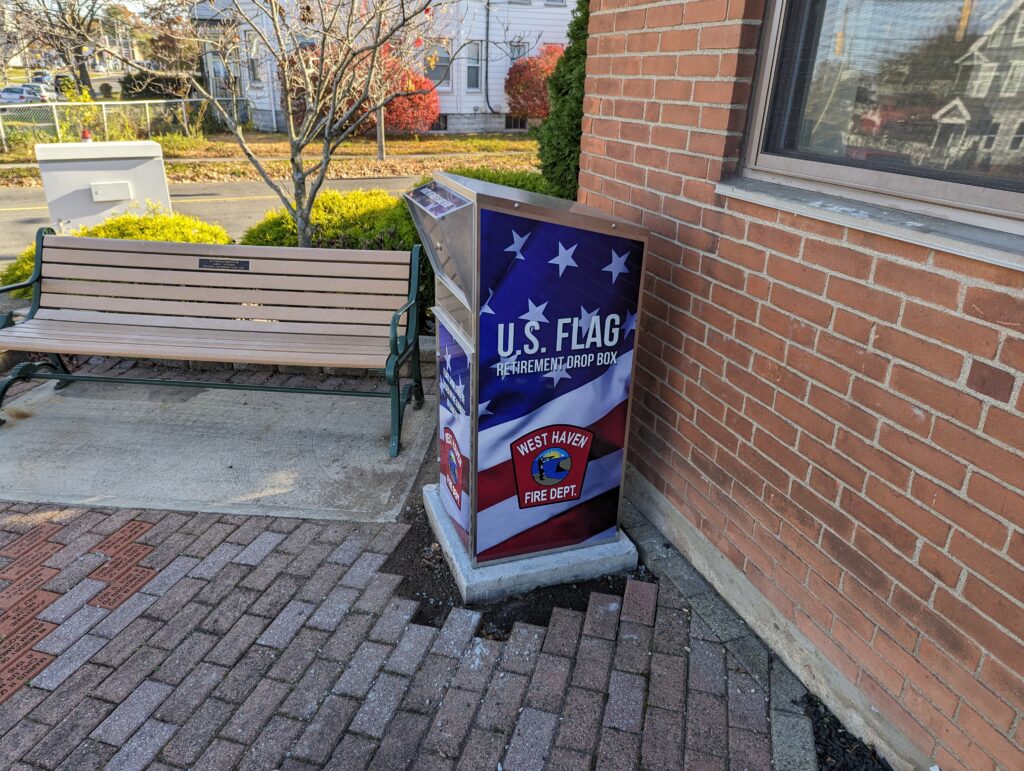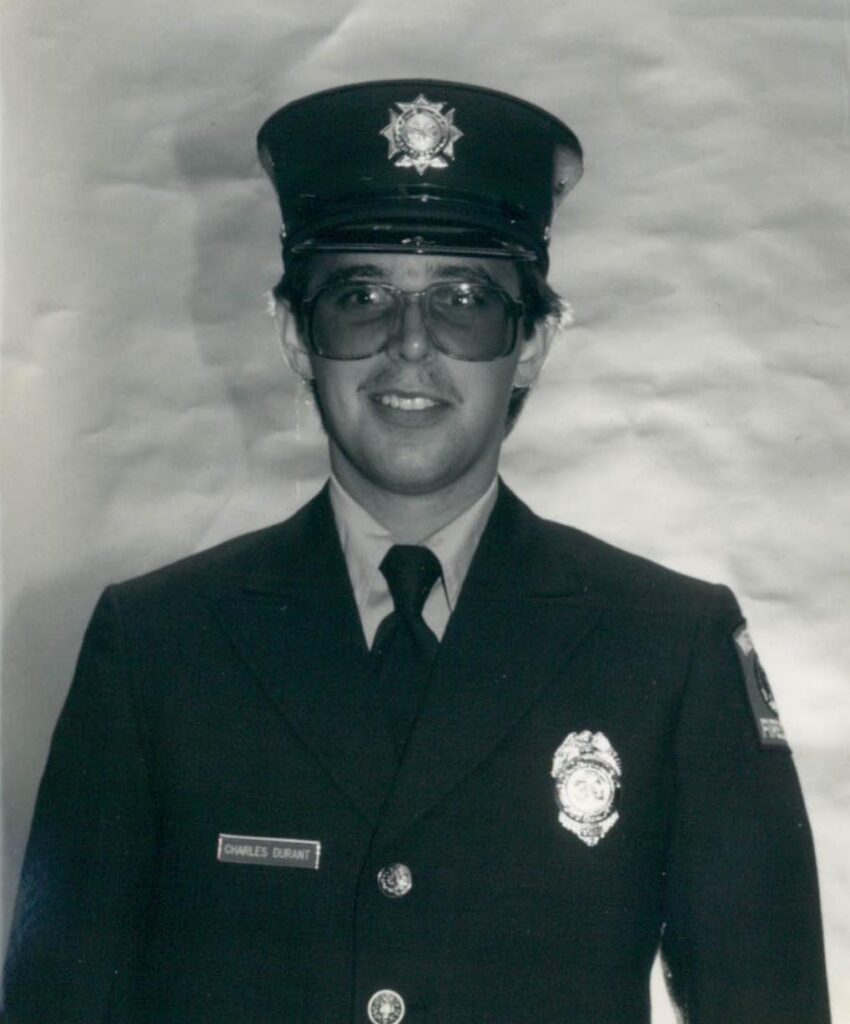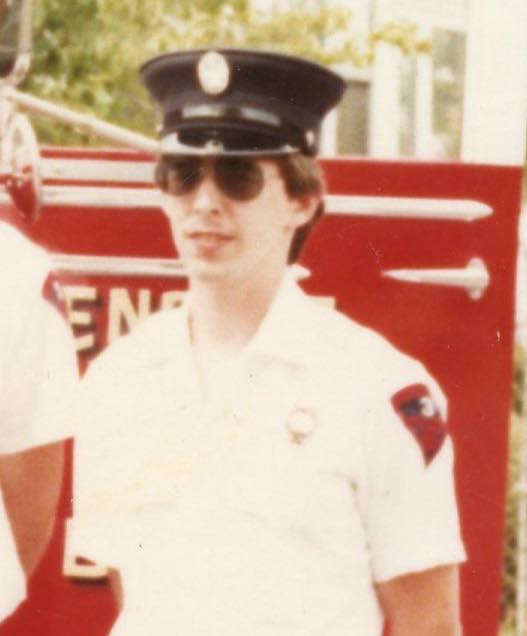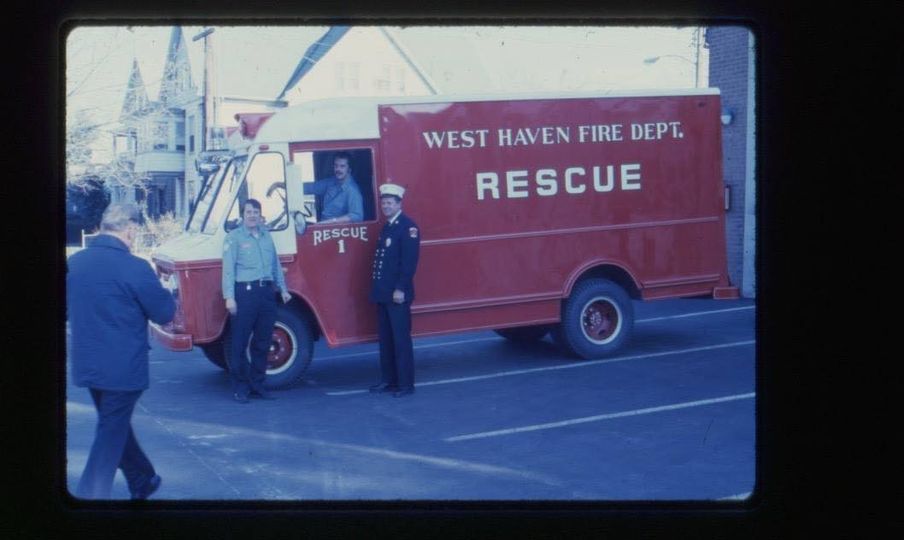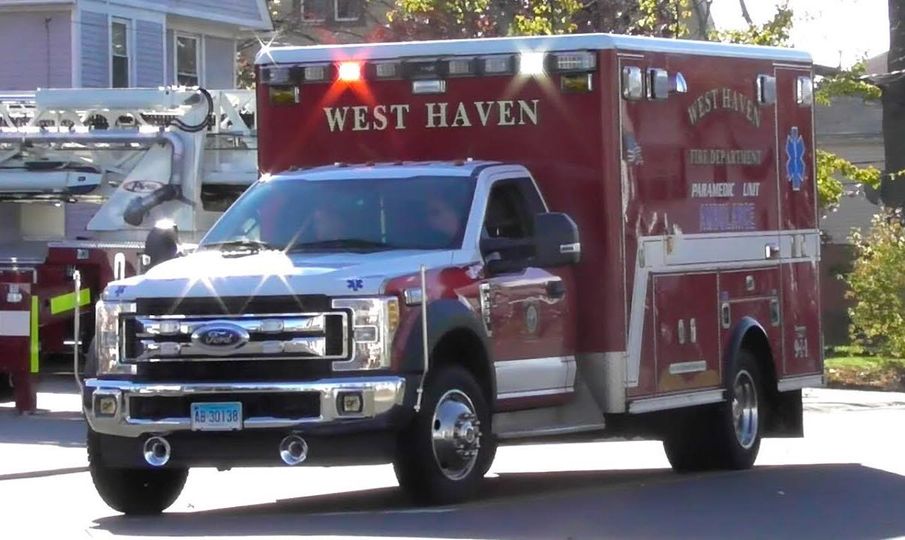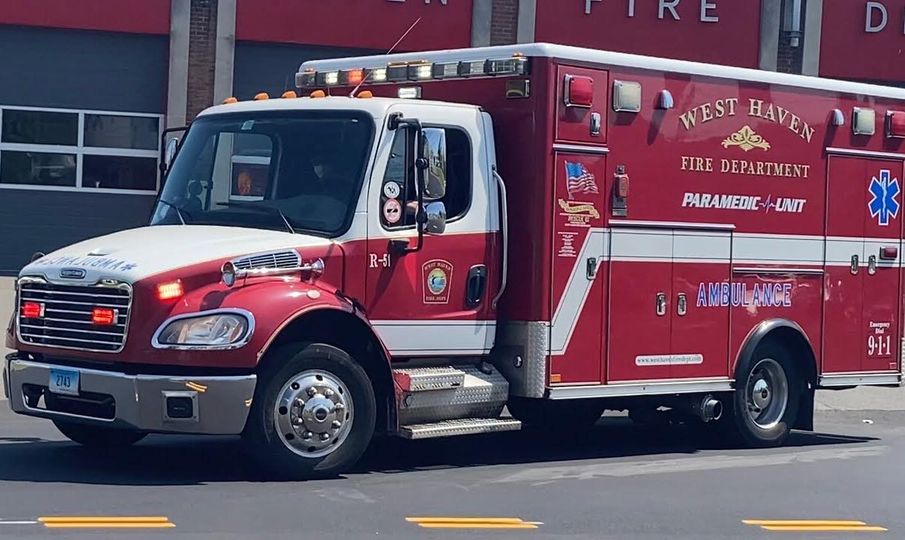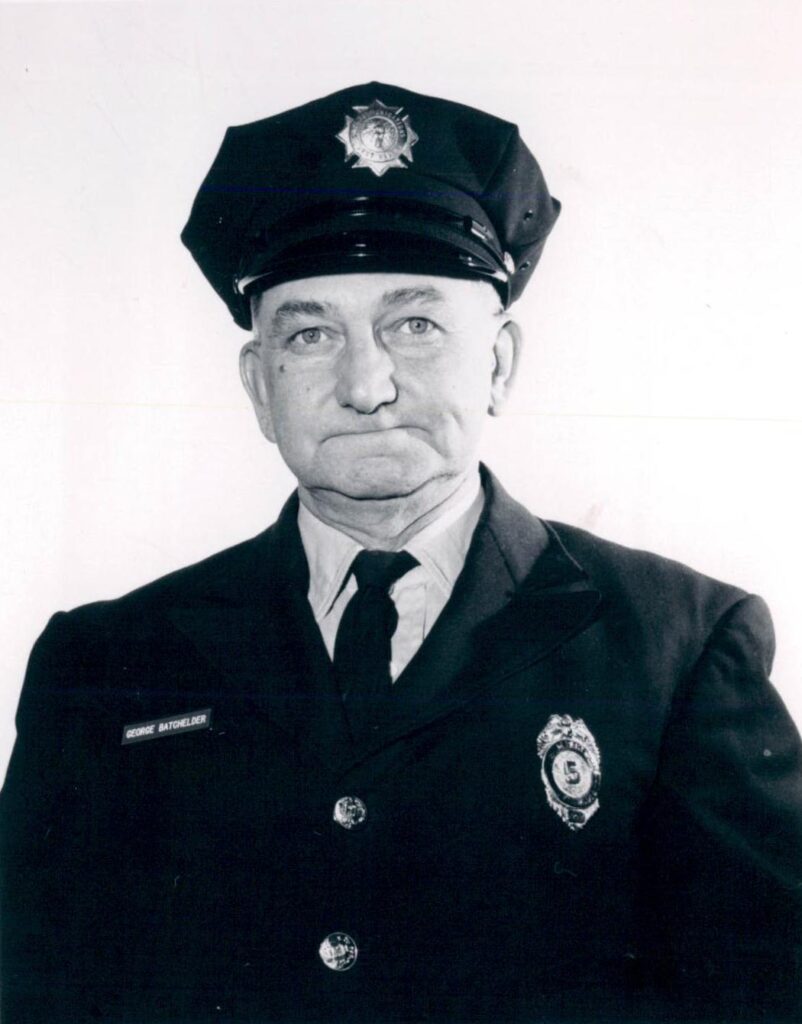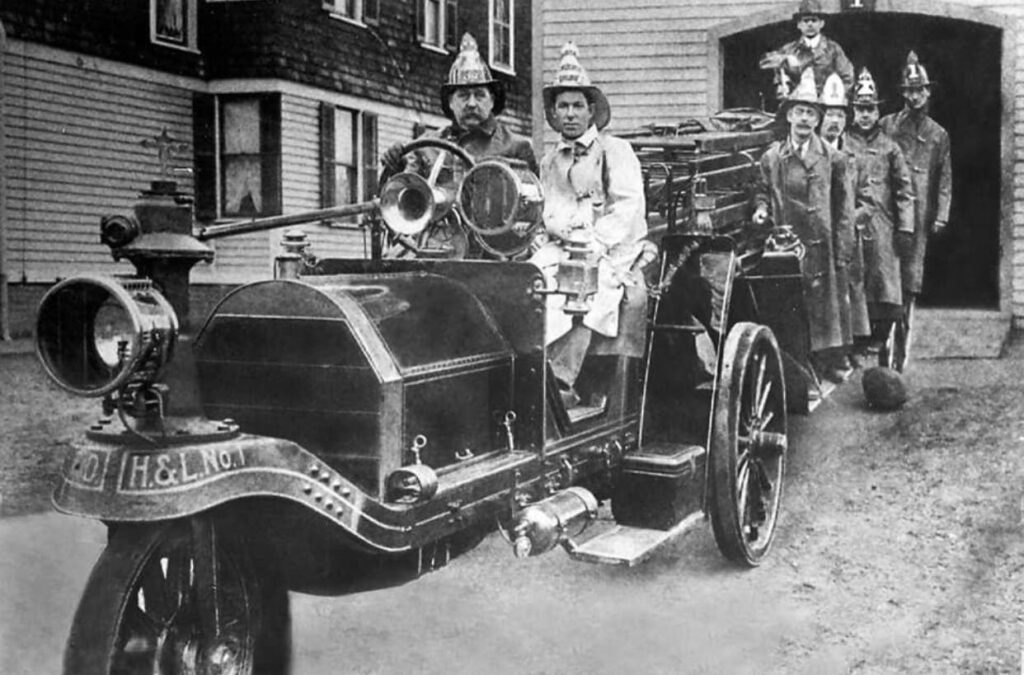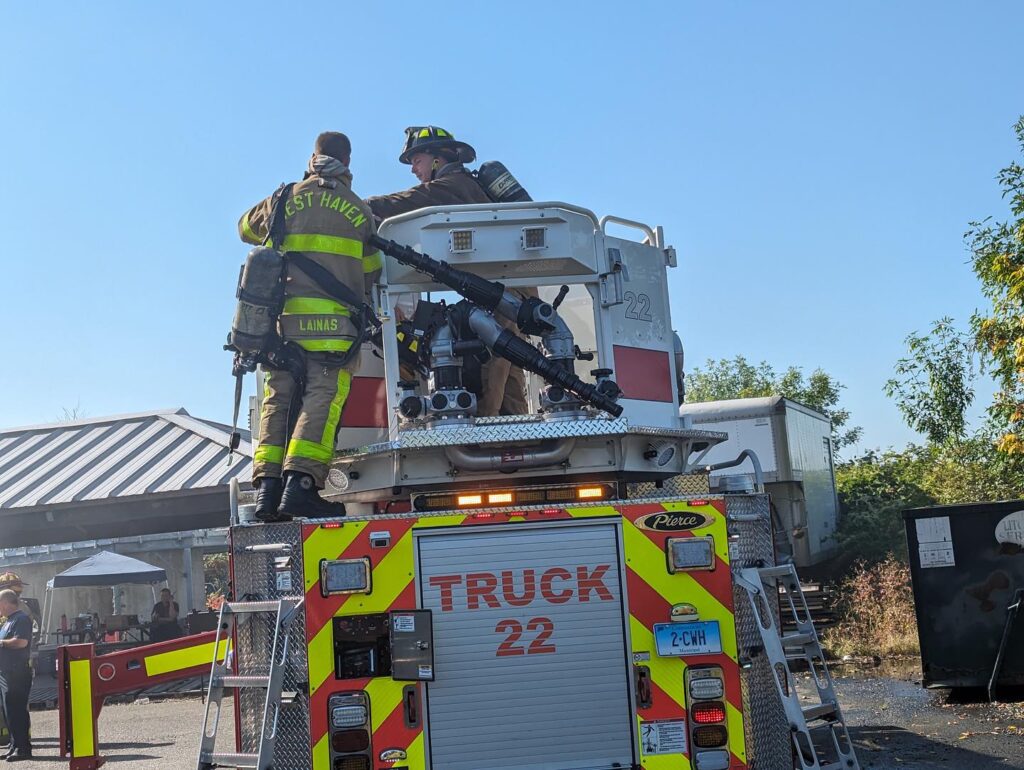DID YOU KNOW? If you’ve been out and about in West Haven, chances are you’ve seen our Truck 22 and maybe you’ve wondered, well what exactly does it do? Well, here are some of its functions:
Elevated master stream: Our tower ladder can be used to deliver water to the upper floors of a building, where it may be difficult for firefighters to reach with ground-based equipment.
Stable platform for victim removal: Truck 22 can provide a stable platform for firefighters to remove victims from high places, such as rooftops or upper floors of buildings, without having to descend the ladder.
Ventilation: Truck 22 can be used to ventilate a building by creating openings in the roof or walls, allowing smoke and heat to escape.
Equipment transportation: We’ll use Truck 22 to transport equipment and personnel to high places, such as rooftops or upper floors of buildings, where they may be needed.
Technical rescue: We can use Truck 22 in technical rescue operations, such as rope or other specialty rescues.
So, the next time you see Truck 22 out on the streets or in front of quarters, remember it’s not just a big, long fire truck, it’s a multi-faceted tool that serves several different life saving purposes.
